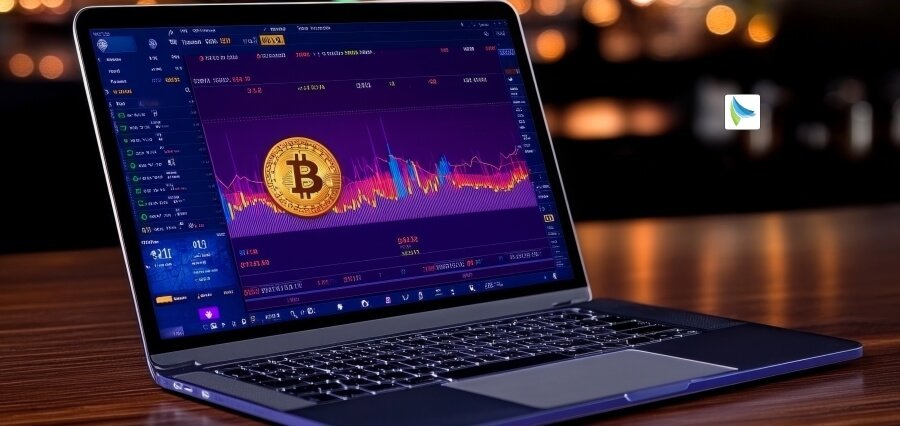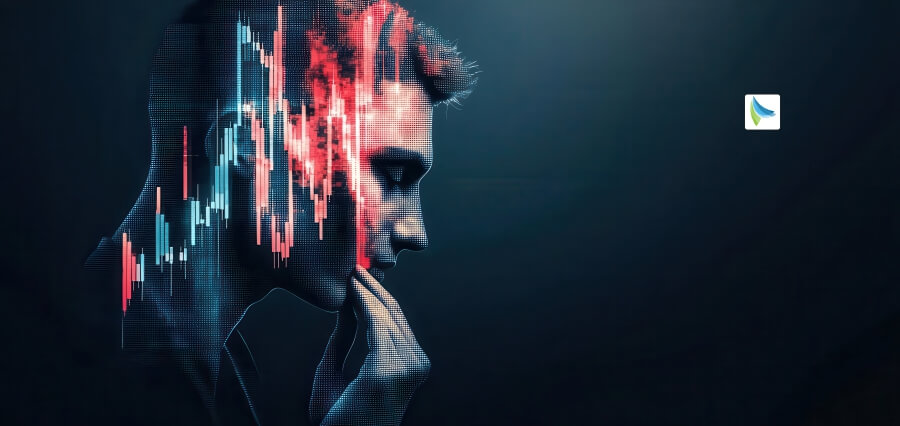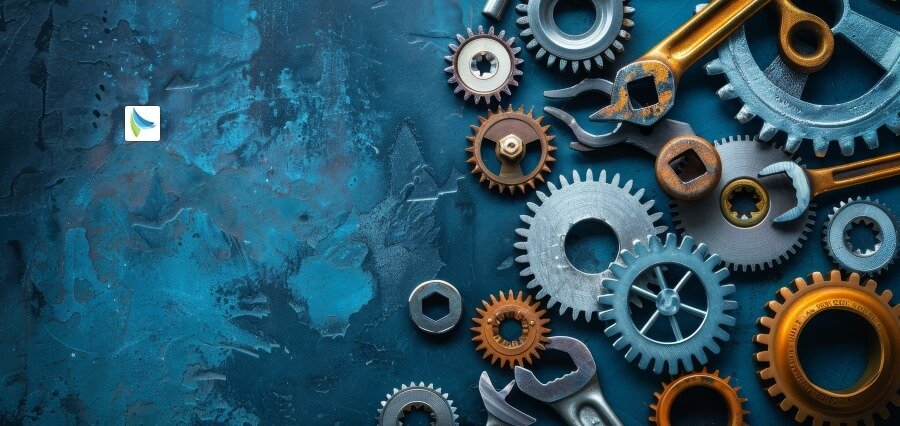The European Union has several funding programs for research and innovation, such as the Horizon Europe budget of €95.5 billion. These funds emphasize combating climate change, assisting the UN in meeting its Sustainable Development Goals, and enhancing competitiveness and growth within the EU. Mastering the tools and resources would be essential when using a strategy to run an EU project effectively.
Understanding the EU Project Lifecycle
The traditional EU projects have been understood to have typically passed through the following phases: call identification, partnership building, conceptualization, and proposal development.
- Call Identification: It involves the identification of the right calls for proposals that fall in line with your project idea. The calls are accompanied by comprehensive details on which types of projects the EU has interest in funding.
- Partner Development: The beginning is making the right consortium, as most projects in the EU are collaborative and a diverse group brings together expertise and resources in different ways.
- Concept Note Development: The development of a concept note that identifies the core areas of your project, such as objectives, outcomes, and a preliminary plan for the project.
- Proposal Development: Specific software solutions will be able to offer holistic, well-suited collaboration tools to ensure that the required information is gathered and compiled in real-time from all the consortium partners of an EU project. As such, nothing is missed.
Tools for Effective Project Management
An efficient project management can make Horizon Europe projects streamlined, transparent and resource-effective. Tools used by a project manager give the latter an advantage in the competition. These tools provide efficiency by organizing tasks, deadlines, and milestones. They also enhance collaboration, and project managers, researchers, and stakeholders can easily collaborate. These tools also provide resource optimization since they balance the budget and optimize workloads. Best project management software will integrate data consolidation, task delegation, document management, and secure communication to be effective.
A single platform will optimize the timelines, resources, and success of the projects.
Best Strategies for EU Project Success
Several best practices can be used in managing Horizon Europe projects.
- Alignment with EU Priorities: Project managers should align their strategies with the priorities set by the EU, such as climate action, digital transformation, health, and social inclusion. This ensures that projects contribute effectively to the overall goals of Horizon Europe.
- Stakeholder Engagement: It is essential to engage all relevant stakeholders in every stage of the project. It will include research, industry partners, policymakers, and end-users. Co-designing priorities and work programs with stakeholders will help ensure that the project remains relevant and impactful.
- Continuous Monitoring and Adjustment: The way to start with it is through regular monitoring and evaluation. Project managers must monitor the progress, analyze the results, and be able to adjust strategies when needed. Adaptability is unavoidable in dynamic research environments. It leads to project adaptability to changes in the best possible manner.
Financial Management and Time Monitoring
Personnel costs are usually the largest part of the project budget, and proper time tracking is essential in managing these costs. The European Commission requires detailed records of the time each employee spends on the project to justify the claimed expenses. Proper time tracking ensures that the project can pass audits without issues, maintaining funding and avoiding financial penalties.
It also ensures compliance with contractual obligations, demonstrating the appropriate use of EU funds. By tracking how human resources are allocated and utilized throughout the project, managers can make informed decisions about workload distribution. Accurate time tracking helps monitor budget adherence, allowing adjustments as needed.
Digital Tools for Research and Innovation
SDU has established digital means for researchers as well as research supporters to make the process even easier of project ideas evaluation and of finding the appropriate calls. These tools work at every step of the grant application procedure, from searching through the most relevant call up to providing a strong consortium, and lastly, adjusting your proposal to the profiles of reviewers that are actually going to evaluate your proposal. Several other Apps provide tools for the research development process.
Resources To Stay on Track
For the purpose of monitoring and managing data collection, an internal monitoring system needs to be established to implement your project timely and efficiently. Resources can help you keep track of project tasks and finances, manage intellectual property rights, follow up with dissemination and communication activities, and monitor foreseen and unforeseen risks.
The future of successfully executing EU projects is in mastering the available resources and tools. Knowing the project lifecycle, using project management tools, implementing key strategies, and ensuring financial accountability enhance the chances of securing funding and achieving impactful results. The EU’s commitment to research and innovation, as embodied by Horizon Europe, presents fertile ground for projects that are aligned with its priorities and contribute to a sustainable and competitive future.
Read Also: Why is Project Management Expertise Essential for Securing EU Funding?


















